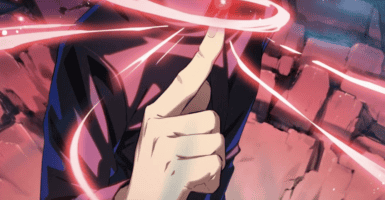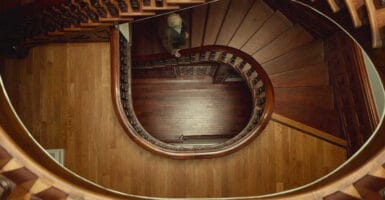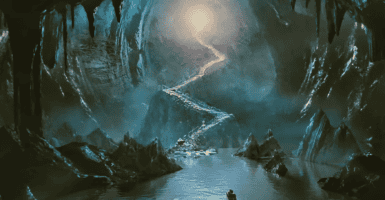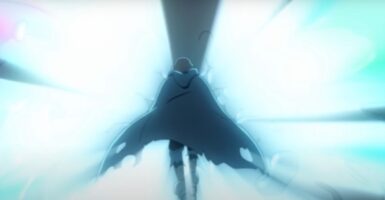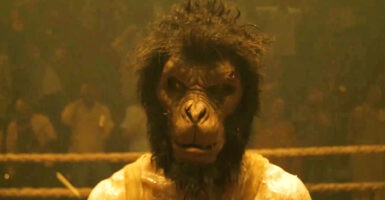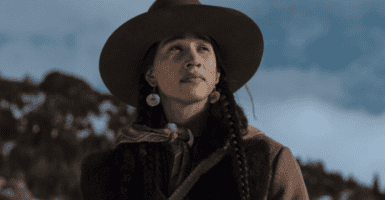Jurassic Park Is Becoming Real, Scientists Planning To Revive Famous Extinct Bird
Scientists are now trying to bring the dodo bird back from extinction, just like in Jurassic Park.
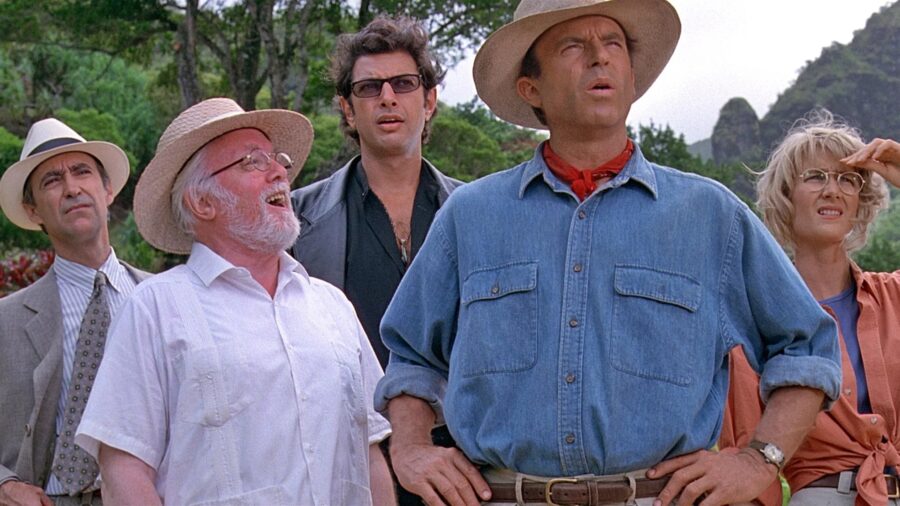
Do you remember how, in Jurassic Park, we all learned what a big mistake it is to bring back extinct creatures? Well, apparently that lesson didn’t stick for the team at Colossal Biosciences, who, according to New Atlas, are starting the “de-extinction” process for the dodo. While the dodo isn’t the first animal scientists have been attempting to bring back (other resurrections-in-process include the woolly mammoth and a marsupial called the Tasmanian Tiger), it is still a big deal, especially now that the project has received substantial new funding from none other than the CIA.
First discovered in 1598 by Dutch explorers on an island called Mauritius, the dodo was a flightless bird related to pigeons and doves. Dodos were much bigger, though, and stood around three feet tall, with soft gray feathers and a white tail, along with a long, thick beak that scientists suppose was either yellow or green. This beak was said to be its only real way of defending itself, with those same scientists theorizing that it had a pretty strong bite.
In spite of it not being able to fly, the dodo did have small wings. There was no way these wings would have ever been able to lift the bird off the ground, though, as dodos are said to have weighed nearly 45 pounds. So, we’re talking about a big, weird-looking bird whose only method of fending off attackers was giving them a bite from its long, curved beak: not exactly the stuff of Jurassic Park, eh?
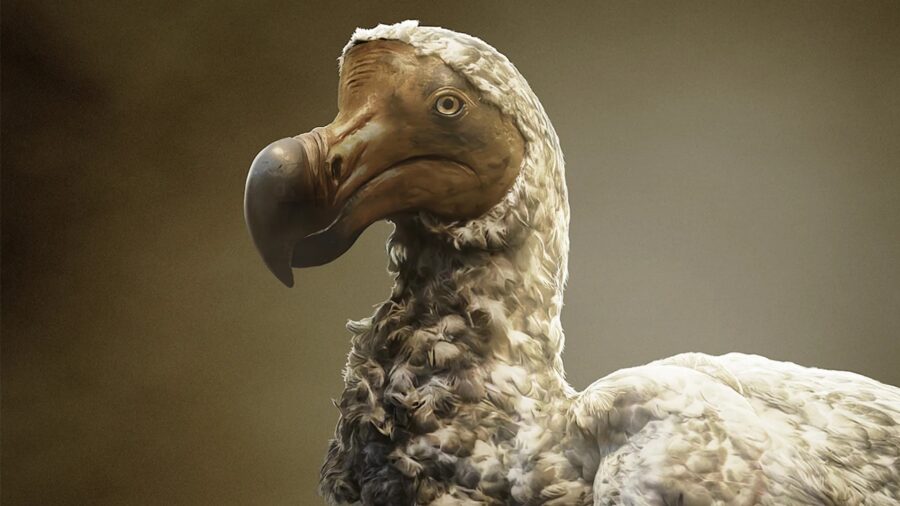
But don’t laugh yet. Aside from looking a bit goofy, dodos are actually highly significant to our history. Unlike in Jurassic Park, where the dinosaurs became extinct before any humans were even around to see them the first time, dodos went extinct because of people.
Less than 100 years after the first sighting of a dodo, all of them were dead. The dodos had no reason to fear humans when they first arrived on their island, so they thusly did not have the knowledge to avoid them (or to try to attack them like the resurrected dinos in the Jurassic Park franchise). This, plus their inability to fly, made them easy targets for human hunters, and even dogs and cats brought there by those hunters.
Humans’ involvement in the death of the entire species of the dodo is one of the reasons the animal was chosen for de-extinction. On one hand, this could be a way to right a past wrong, or to do an honorable thing in giving back the life of a species we, as our own species, took away. On the other hand, it makes for some great, Jurassic Park-like buzz that is really bringing in investors.
So far, the project has received $225 million in funds since 2021, which will be used to launch Colossal Biosciences’ new Avian Genomics Group. This group will not just be looking to bring back the dodo (and most likely won’t create a theme park around it like in Jurassic Park), but also to explore new ways to help conserve endangered birds that are still in existence today.
According to Beth Shapiro, the project’s lead paleogeneticist, “The dodo is a prime example of a species that became extinct because we – people – made it impossible for them to survive in their native habitat.” This could be the chance to bring back what once was lost, and to keep the same thing from happening to other species in the future.
Exactly how this will work is not one hundred percent clear yet, as there are some hurdles involving bird reproduction, but it is possible that some of us could see a live dodo in our lifetime. As Jurassic Park’s Dr. Ian Malcolm (Jeff Goldblum) says, “Life, uh… finds a way.”
